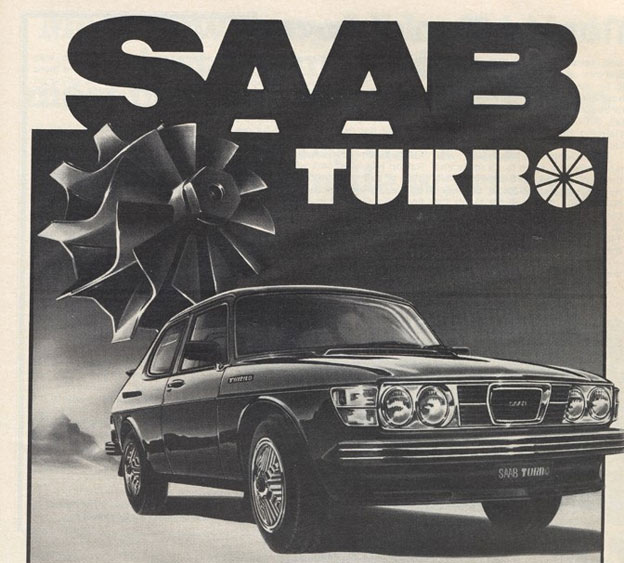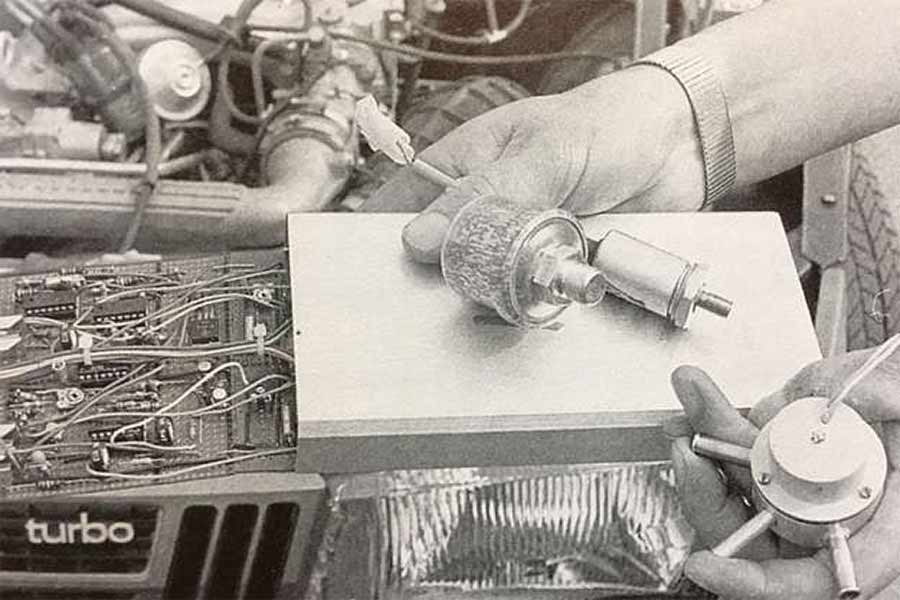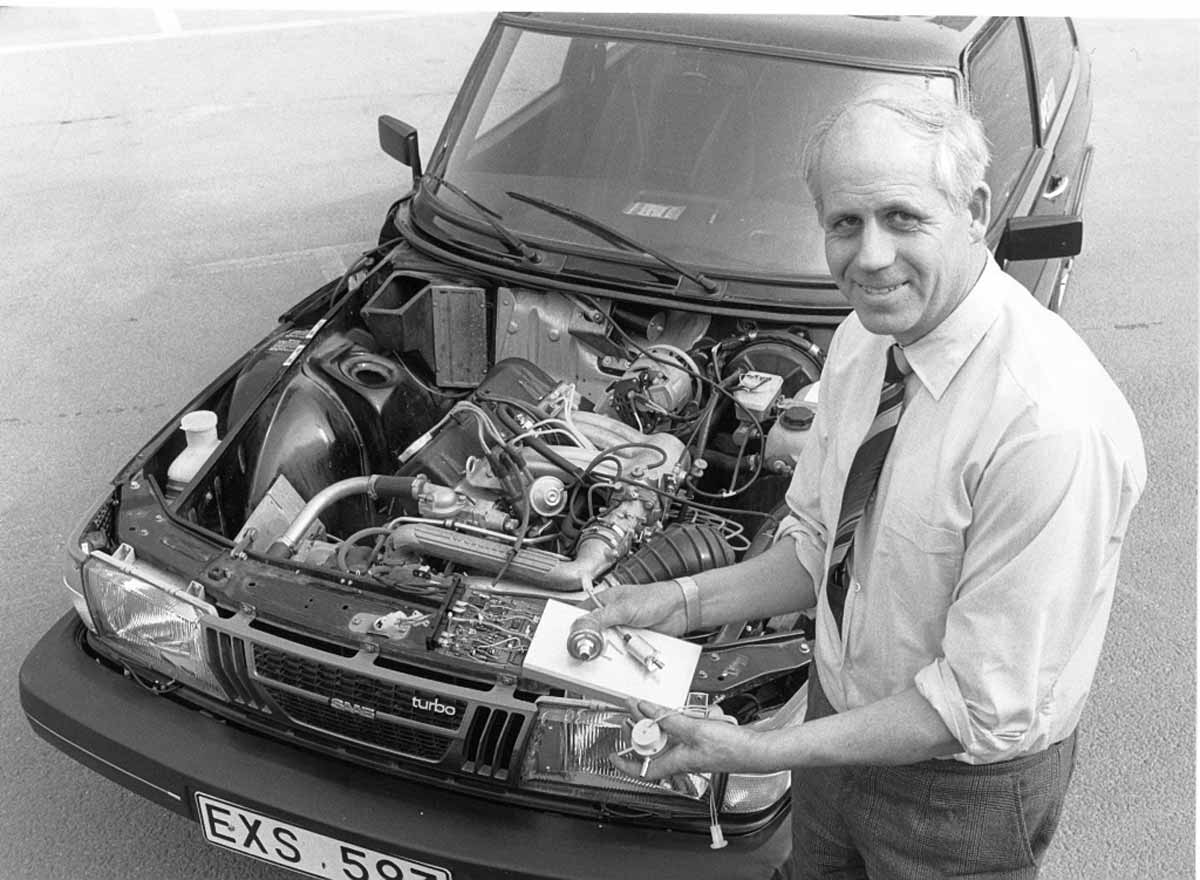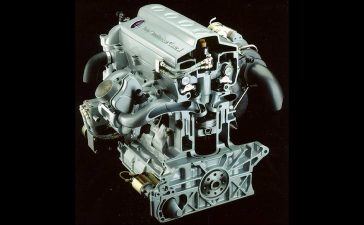Table of Contents
Introduction
When Saab introduced its turbocharged engines in the late 1970s, it revolutionized the world of automotive performance. While other manufacturers had dabbled with turbo technology, it was Saab’s innovation, spearheaded by Per Gillbrand, that truly harnessed its potential, offering power, efficiency, and drivability in a family car. Unlike the unpredictable and aggressive turbo systems of the era, Saab’s solution was refined and reliable—ushering in a new era for turbocharged vehicles.
The Science Behind Turbocharging – Simplified
At its core, a turbocharger is a fairly simple device. Exhaust gases are used to spin a turbine, which then powers a compressor that forces more air into the engine. The more air you can push into the combustion chamber, the more power the engine can produce. This forced induction method is what gives a turbocharged engine its extra muscle. But there’s a catch—many early turbos were known for their “turbo lag,” where drivers experienced a delay between pressing the accelerator and feeling the surge of power.
Saab’s genius was in how they tamed the wild nature of turbo technology. They didn’t want drivers to be caught off guard with a sudden jolt of power; instead, they engineered a smoother, more predictable turbo experience, making it accessible to the average driver.
Saab’s Breakthrough: The First Family Car Turbo
While other brands like Porsche and BMW were using turbos for high-performance sports cars, Saab took a different approach. In 1977, they introduced the Saab 99 Turbo, making turbocharging available to everyday drivers. What set Saab apart was their emphasis on driveability. They didn’t just want power—they wanted controlled, usable power at all RPM ranges.
This was no small feat. Early turbo systems often overwhelmed drivers with a sudden surge of power, making it difficult to handle, especially in tight corners or under wet conditions. Saab’s engineers, under the leadership of Per Gillbrand, worked tirelessly to smooth out that power curve, ensuring drivers could enjoy the boost without losing control.

Low-Pressure vs. High-Pressure Turbo – The Key Differences
One of Saab’s most notable innovations was their introduction of Low-Pressure Turbo (LPT) systems alongside the traditional high-pressure turbo engines. In an LPT system, the boost pressure is lower, resulting in a more gradual increase in power, making it ideal for regular driving. These engines didn’t aim to be the fastest on the road, but they provided a smooth, efficient power delivery that offered plenty of torque and a much quieter ride.
On the other hand, the Full-Pressure Turbo (FPT) systems offered higher boost levels, delivering up to 190 hp in models like the Saab 900 Turbo 16S, giving drivers more raw power for spirited driving. But even with FPT engines, Saab’s Automatic Performance Control (APC) system ensured the engine wouldn’t deliver more power than the driver could handle.
Mastering Turbo Durability and Efficiency
One of the downsides to turbocharging is the heat generated by compressing air. Compressing air heats it up, and hot air contains less oxygen, reducing combustion efficiency. To solve this, Saab introduced intercoolers, which cooled the compressed air before it entered the engine, resulting in a denser air charge, improved fuel efficiency, and better overall performance.
Per Gillbrand and his team didn’t stop there. They focused on longevity and reliability, developing turbo systems that could last as long as the engine itself. This was crucial, as early turbo engines often suffered from premature wear due to high temperatures and pressures.
Why Saab’s Turbo Legacy Lives On
Today, Saab’s turbocharged models are more than just collector’s items—they’re sought after by enthusiasts for their drivability, durability, and, let’s not forget, that distinctive turbocharged kick. Though Saab’s production ended in 2012, the brand’s reputation for innovative turbo technology endures. Whether it’s the Saab 900 or the Saab 9-5 Aero, these cars continue to hold their value and deliver a unique driving experience.

Thanks to the APC system, which intelligently controlled boost pressure based on driving conditions, Saab’s turbocharged cars managed to blend performance with reliability—something few competitors could claim in the same era.
Per Gillbrand – The Turbo Maestro
Behind all of Saab’s turbo successes was Per Gillbrand, a man who is often credited as the father of Saab’s turbocharging technology. His vision wasn’t just to build faster cars, but to build better, more efficient cars that could be driven by anyone, not just performance enthusiasts.

Gillbrand’s influence on the automotive world can’t be overstated. He made turbocharging mainstream, showing that it could be reliable, efficient, and driver-friendly. For more about Per Gillbrand’s incredible career and his role in shaping Saab’s turbo legacy, check out this detailed feature on SaabPlanet.
Conclusion
Saab didn’t just embrace turbocharging—they perfected it. By taming the turbo, they created a new class of cars that combined efficiency, power, and everyday usability, paving the way for future innovations in forced induction technology. While the turbocharged Saabs of the past may be classics today, their impact on the automotive industry is still felt, and they remain some of the most sought-after vehicles for collectors and enthusiasts alike.











